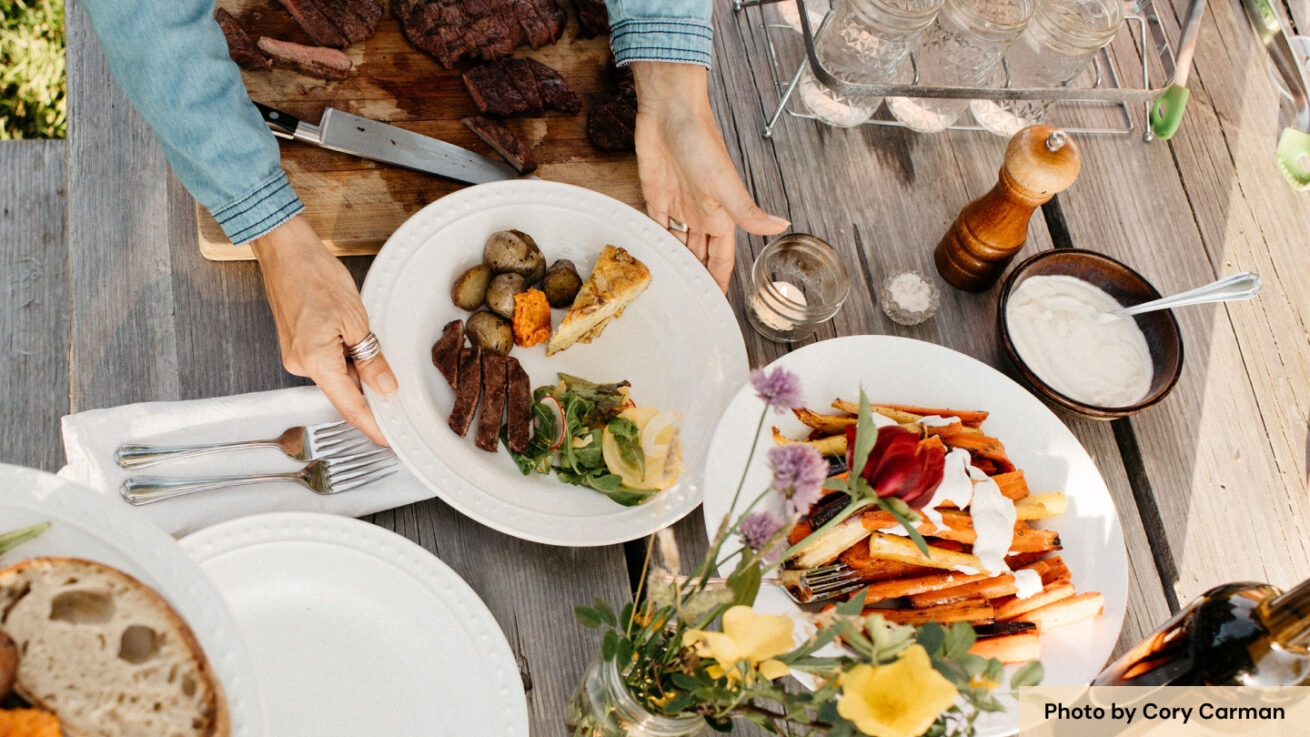
Related article
Selecting the right cut can make or break a recipe.
Good Meat BreakdownFindingChoosing and Cooking Cuts

Shop talk: A cheat sheet. It’s good to bone up on your basic butcher lingo before heading into a shop. Here is a basic breakdown of butcher terminology.

When you step up to the counter, you'll be asking for meat by naming the cut and specifying the format. Let's go over what each of these words means to a butcher.
When we talk about cuts of meat we’re talking about the actual piece of muscle that is cut from the animal for you to cook and eat. Cuts will include steaks, chops, roasts, cubed (e.g. stew meat, kabob), and ground meats, and the list goes on. Some cuts will be familiar to you, some not.
The formats of cuts refer to the size and orientation of each cut. For a steak or chop, the format may be thin, thick, cross-cut, bone-in, or boneless. For roasts, the format refers to the weight of the roast (which defines how many people it will feed). The format for cubed meats may be 1-inch squares, while kabobs will be double the size. With ground meat, the format is how fine or coarse the grind is and how lean it is. .
You step to the counter and ask for a:
Or maybe a…
Or maybe a…
You might find yourself with the option to purchase meat in "value-added" formats, like sausage (loose or in casings), bacon, or smoked ham. Each butcher will offer different value-added items and their recipes will also be different. This is where butchers get to showcase the more chef-like aspect of their craft and skill set. You might want to start with smaller quantities of these items or ask for a sample, to make sure your flavor preferences are aligned.
Our responsibility as meat eaters is to maximize the use of a carcass and minimize the waste. Purchasing direct from farmers means broadening the variety of meat you’ll have in your freezer because you’ll be receiving items like bones, offal, and other "off-cuts" rarely found in stores. While intimidating to some, these items provide some of the most exciting opportunities to experience new dishes, textures, and flavors.
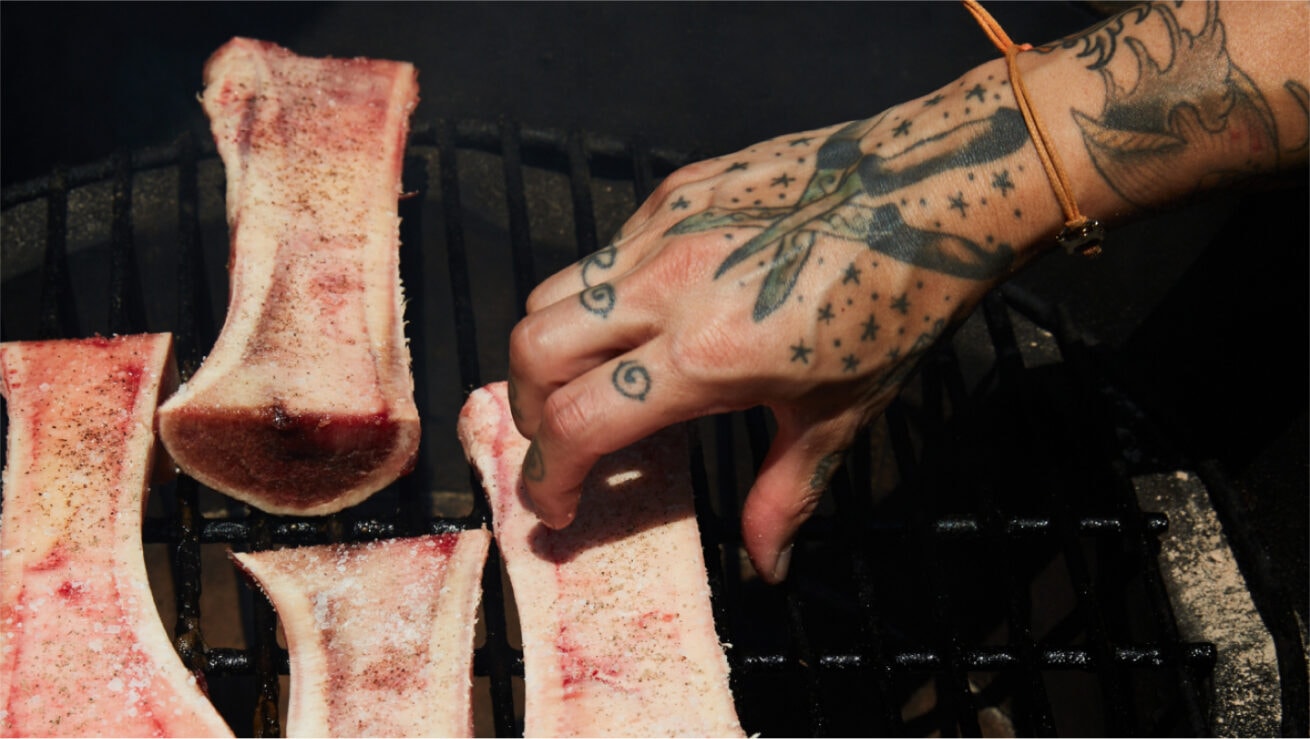
You’ll likely encounter the term offal when deciding how to have the butcher breakdown your animal. Offal refers to organ meats (like liver, kidney, heart, sweetbreads, etc.) as well as off-cuts (harder to find cuts like cheeks and tails). This is one of the great benefits of buying meat in bulk. You get to enjoy parts of the animal (some of them the most delicious) that often get forgotten (or purposefully ignored) in our steak, sausage, burger-centric food culture.

Meat shares often include the animal’s bones. During butchering, much of the carcass is deboned, meaning the bones are removed so that boneless meat cuts can be prepared. Bones are an excellent option for producing nutrient-dense stock and broths and the butcher will cut them to stockpot-friendly sizes. The best bones for stocks are joints, knuckles, and vertebrae. Large round bones, like the femur (in the leg) and the humerus (in the shoulder) are the best sources for marrow, a rich, fatty, decadent substance filling the inner chamber of the bone. Marrow can be teased out of the bones after roasting and is well worth the effort. Butchers can cut round bones into short lengths (crosswise) or canoes (lengthwise) for roasting.
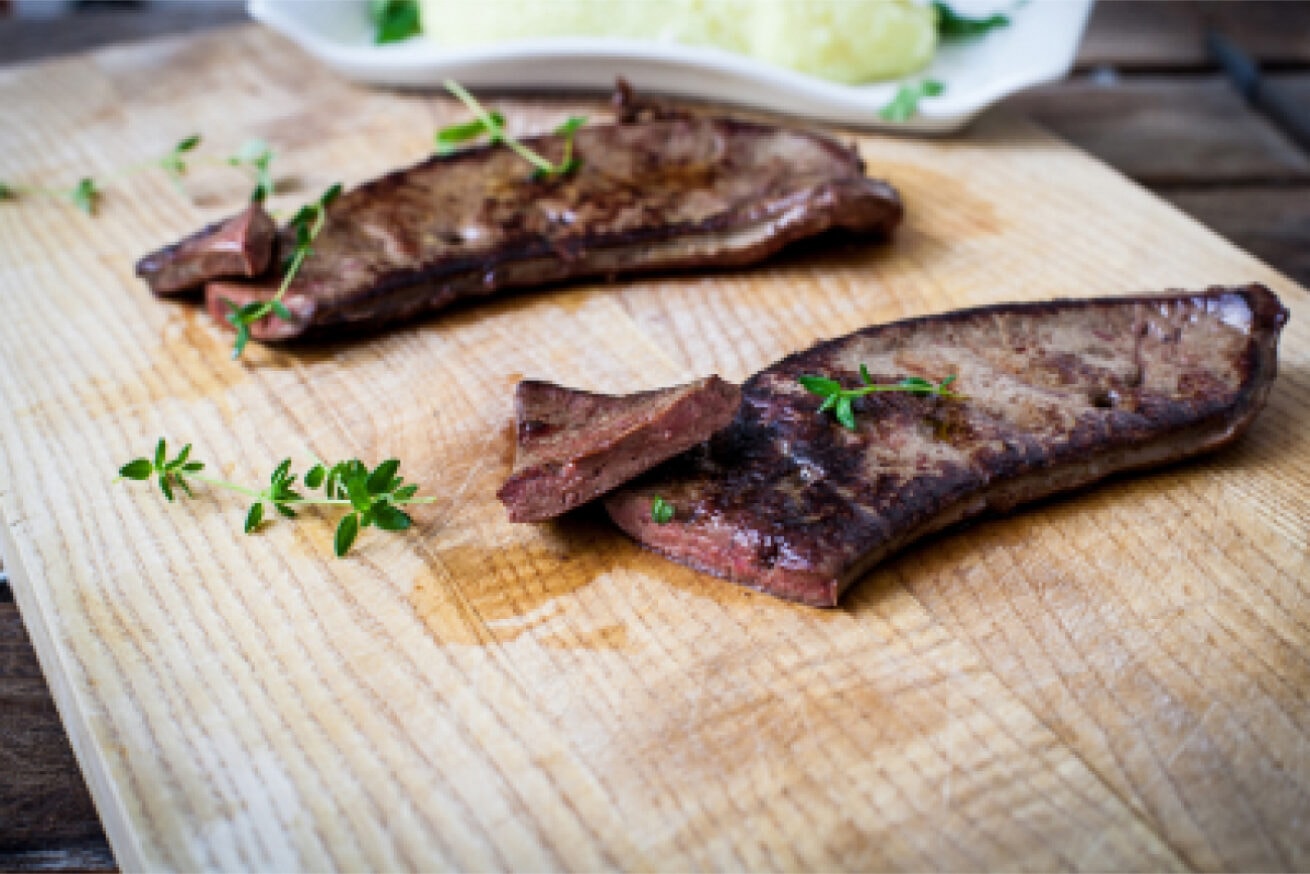
The typical rundown of livestock organ meats will include tongue, heart, liver, and kidneys. Off-cuts will include oxtail, cheeks, pig ears, trotters, and other non-standard cuts. Don’t shy away from exploring these categories. The heart is fantastic grilled, tails and cheeks are ideal slow-cooked cuts, and tongue, liver, and kidneys can offer many traditional preparations.

Different areas of the carcass offer different kinds of fat. Most of it will be used to add flavor and lubrication to ground meats, like burger blends, cased sausages, and loose grind. On occasion, you will get some extra fat which can be rendered at home and used for cooking fats, suet, lotions, or candle making. When purchasing pork shares, you may be offered leaf lard, which is a type of pork fat traditionally used for baking and a great option for pie crust and other pastries.
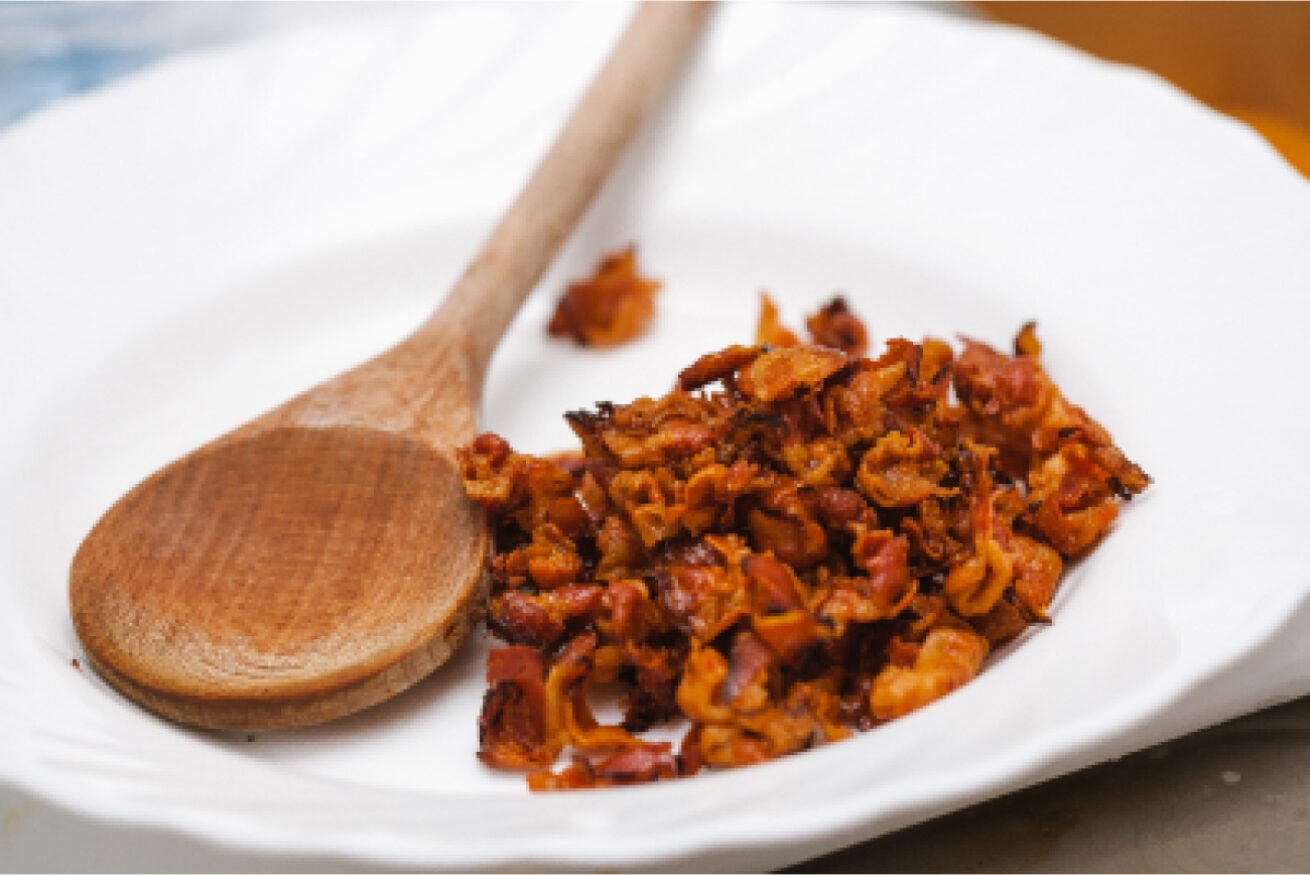
Let’s not forget pork skin! Pork is the only large livestock species that is often butchered skin-on. (For those who know about cracklings, you can likely attest to the unctuous attraction of fatty, salty, crispy pork skin.) Pork cuts can be butchered with the skin removed, but we recommend saving as much of the skin as possible for adding to stocks and broths. It is chock full of nutrients and will help enliven and thicken your sauces. Or just make lots of chicharrones, the original crispy snack.

Related article
Selecting the right cut can make or break a recipe.

Let us help you find a butcher near you who aligns with many of our Good Meat® values.
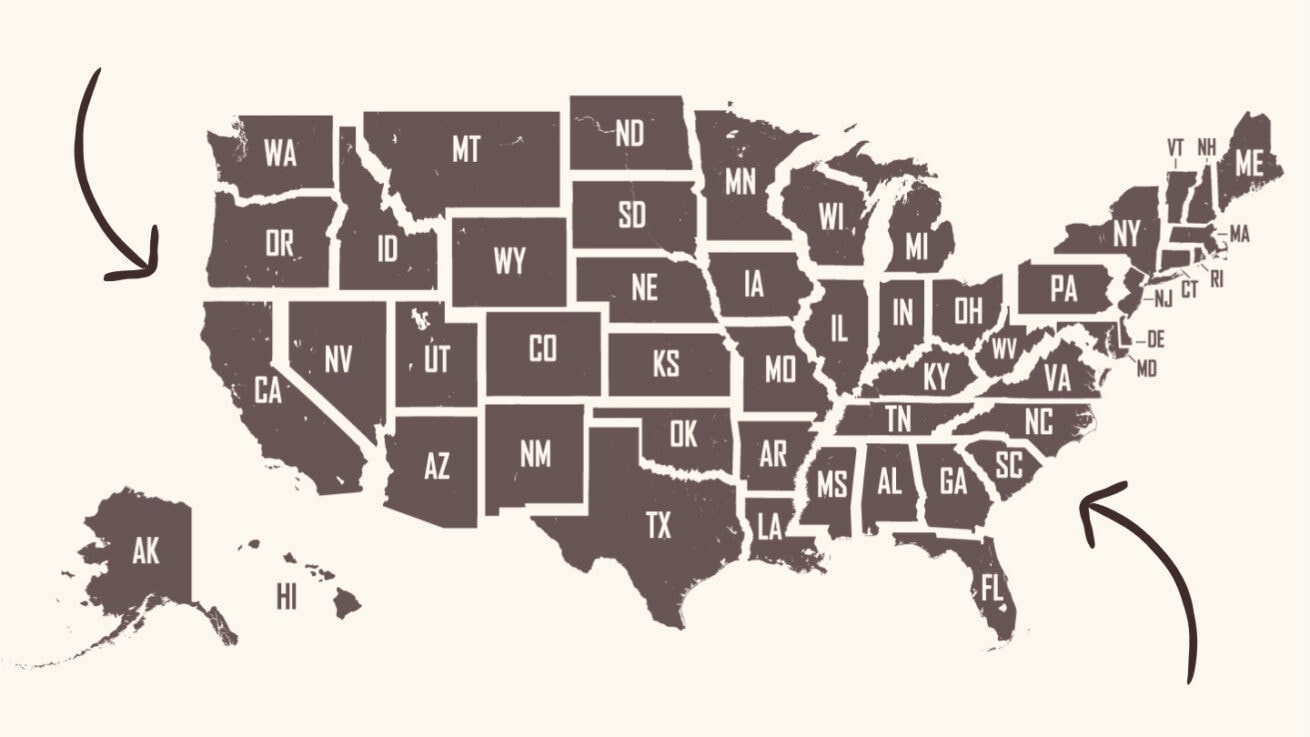
Looking for a farmer who will sell meat directly to you and who probably is friends with your local butcher? We've vetted all the best ways to find a trusted Good Meat® farmer and compiled it all into one comprehensive list.
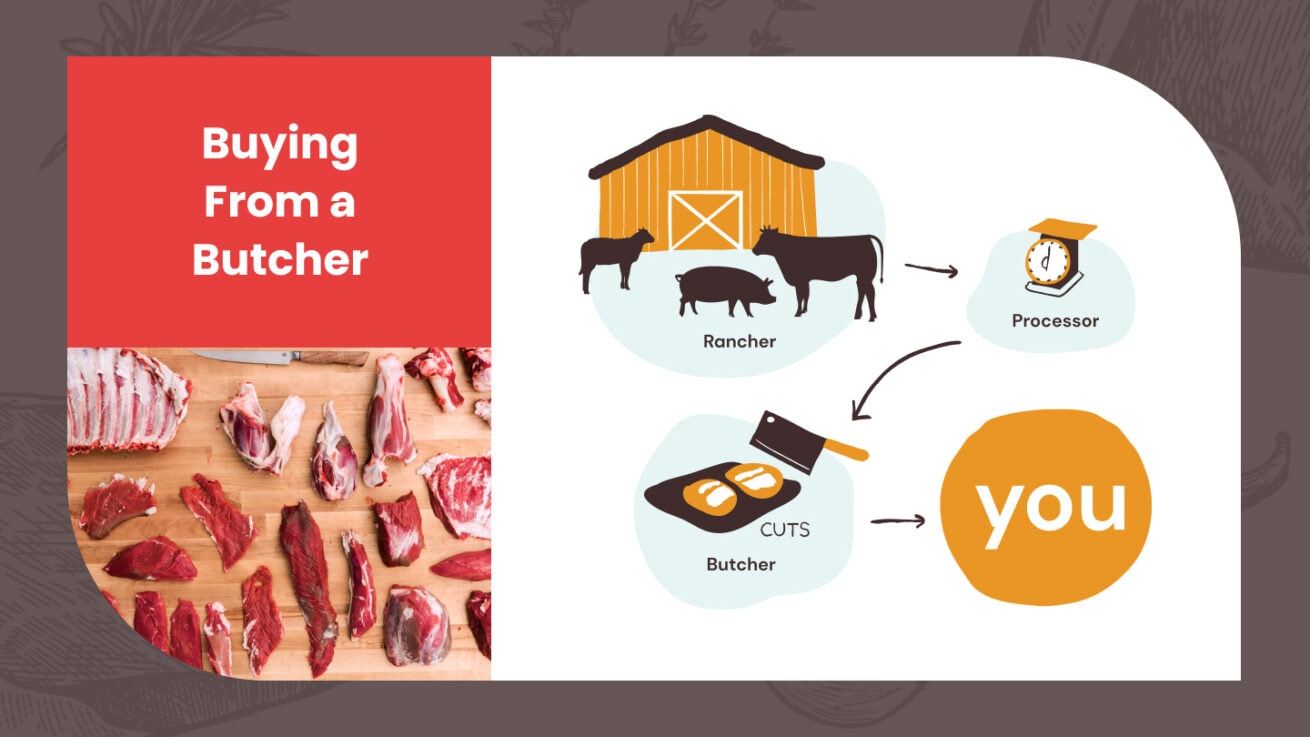
More tips and tricks for buying from your local butcher.
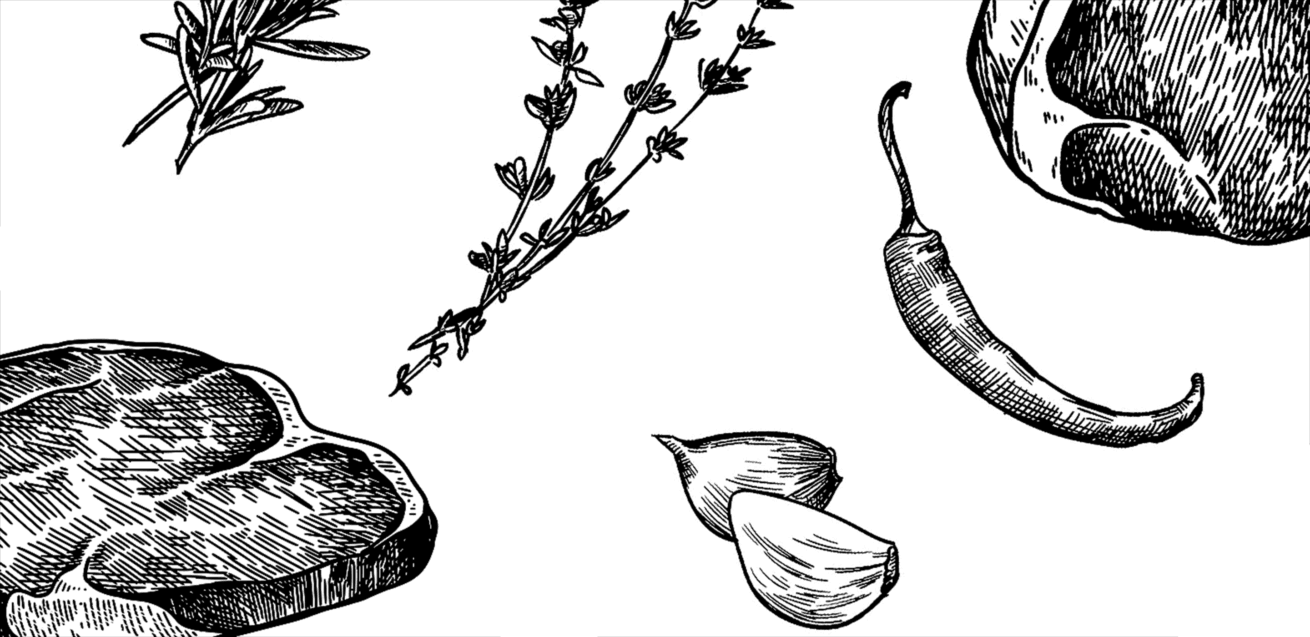
Practical tools and a national directory to help you choose—and champion—ethical and responsible meat.